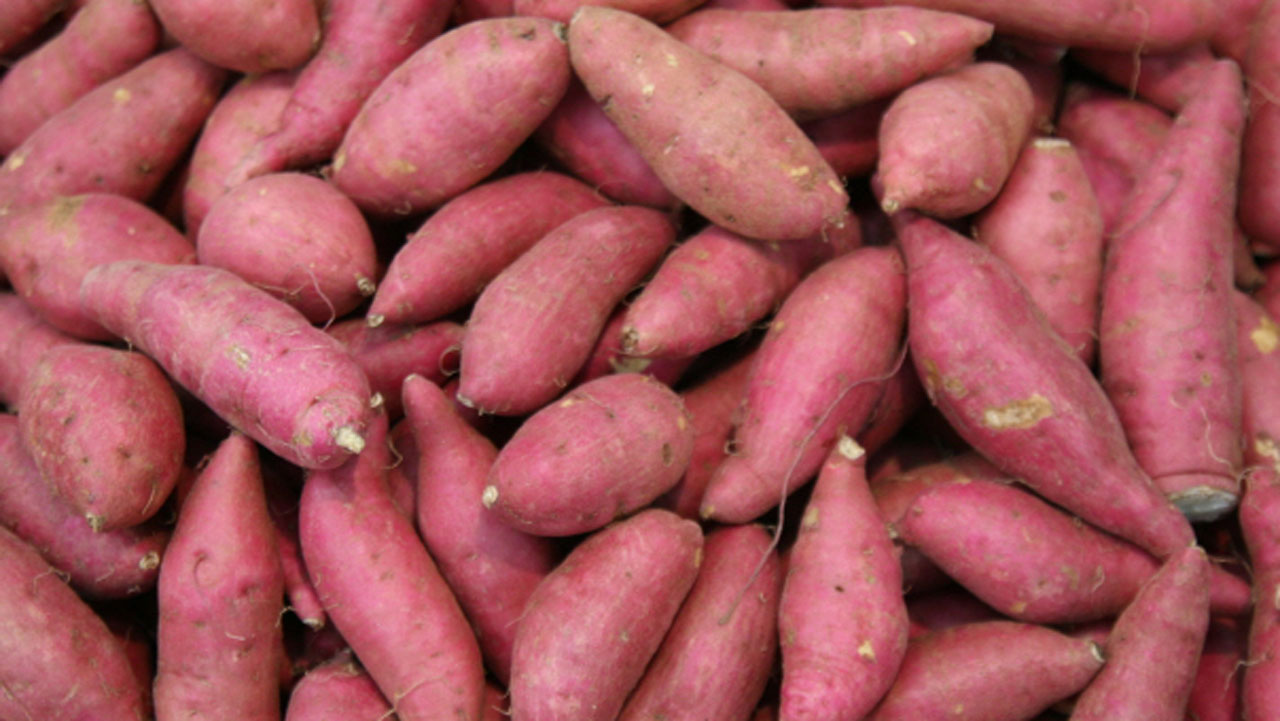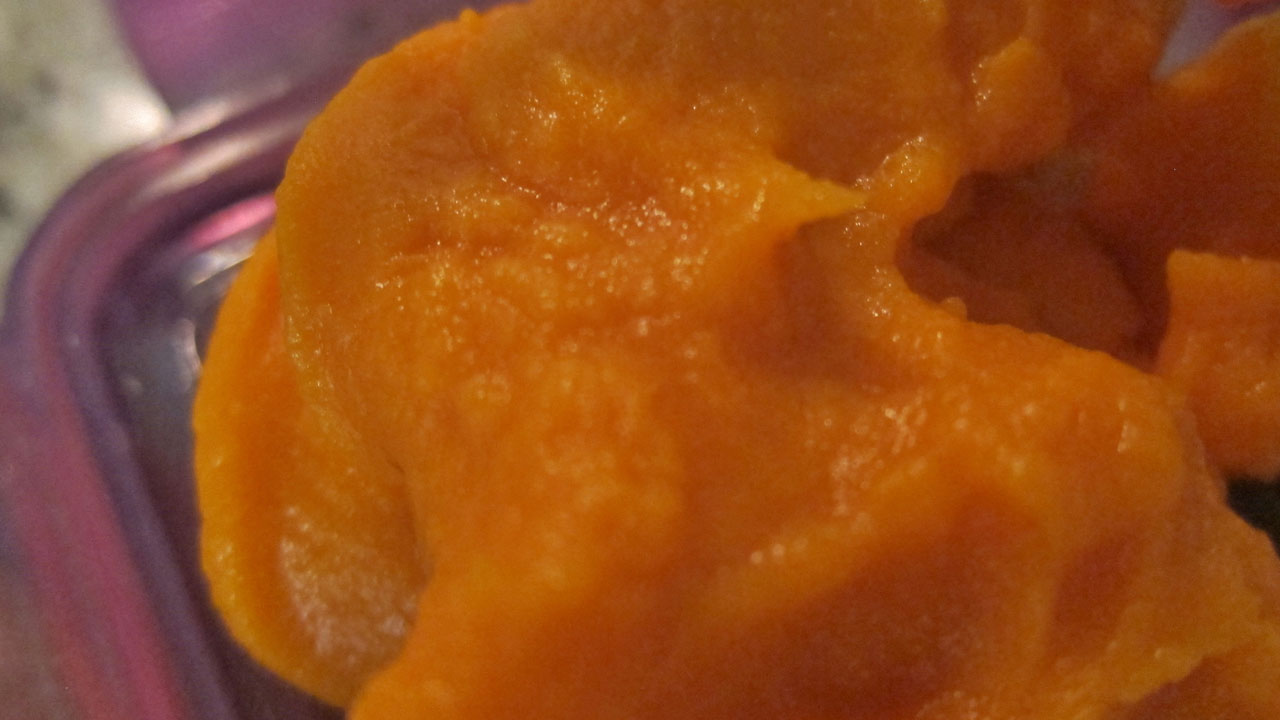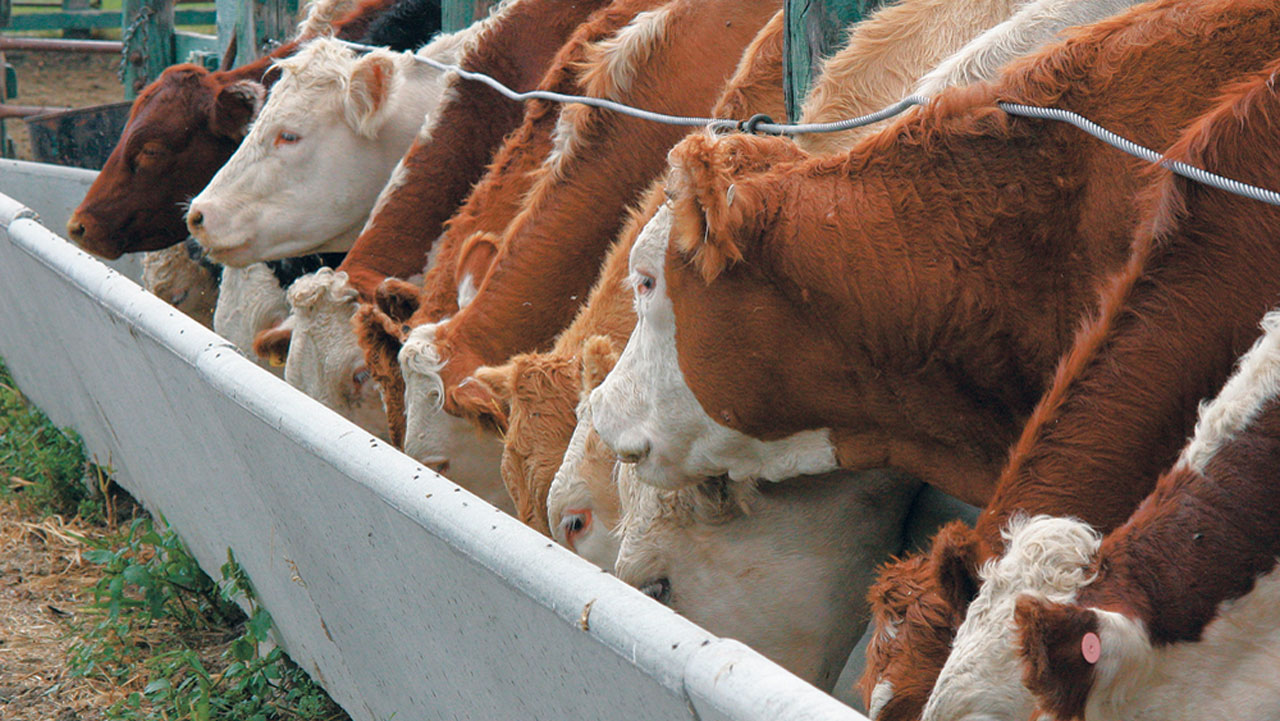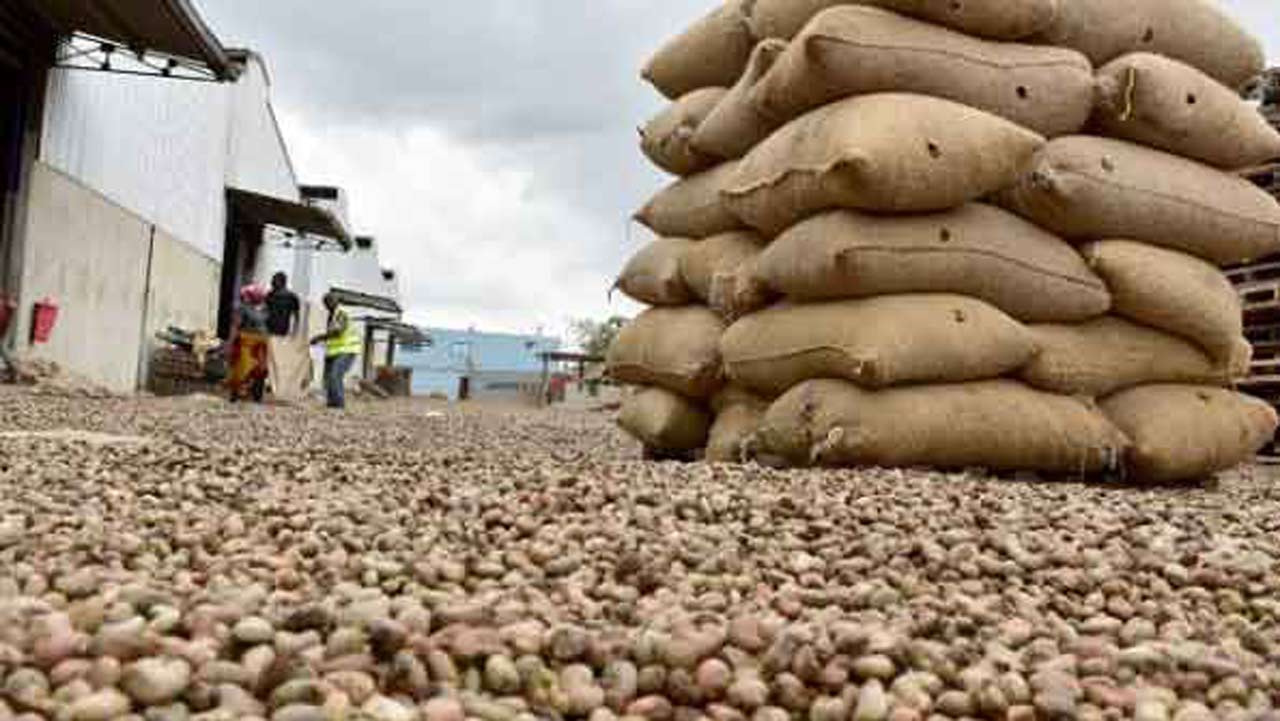 • Researchers, Sano Food make case for inclusion
• Researchers, Sano Food make case for inclusion
• Unlike cassava flour, it needs no enzymes
To reduce the country’s yearly wheat importation bill and conserve foreign reserve, researchers have made economic case for inclusion of Orange Fleshed Sweet Potato (OFSP) puree in bread and other confectioneries.
A kilogramme of wheat is currently N280 but a kilogramme of OFSP puree is N180. Hence, bakers reduce the cost of production by N100 on every kilogramme of OFSP puree substitute in bread baking, the agro-economic analysts said.
The researchers at the Federal Institute of Industrial Research Oshodi (FIIRO), the Nigerian Institute of Food Science and Technology (NIFST) and Sano Foods disclosed that the root crop, due to its availability, short-term cultivation (three to four months) and non-requirement of special enzymes, present great opportunities to bakers to ensure food affordability for Nigerians.
To them, Nigeria’s wheat importation at 4.2 million metric tonnes yearly, with cost implication of $1.5 billion amid forex crisis, is unacceptable and avoidable.
The country imported N2.2 trillion worth of wheat in four years, according to the Federal Ministry of Agriculture and Rural Development (FMARD) report, February, 2021).
Potatoes, and especially OFSP, they said, contain appreciable levels of carbohydrates, which could adequately complement wheat grains in bread formulations and other confectioneries.
“The process of conversion of OFSP roots into puree for commercial bread production is simple and the puree is readily available as there are existing industries producing OFSP puree in Nigeria,” Dr Oluwatoyin Oluwole, while explaining the economics of puree in bread, said.
Dr Oluwole added: “Economic viability studies conducted at FIIRO (2021) indicated that the net profit to sales, gross profit to sales, return on investments and return on equity were 10.92%, 15.60%,28.34% and 70.84% in the first year of investment with profitability index of 2.2 and absolute profitability index of 3.2, all good indicators of positive economic and commercial viability of investing into production of bread with 20 per cent OFSP inclusion in the existing commercial recipe.”
Also, the puree has been used industrially, the researcher added, to produce chips, crisps, flour, juice and bakery products such as cakes, crisps, bread, muffins and buns.
Mashed OFSP (puree) has also been used as functional ingredient for wheat flour
substitution in bread, and is being promoted as a nutrition intervention crop to tackle Vitamin-A Deficiency (VAD), a major public health concern of the poorer and food-insecure countries.
The distinctive attributes presented by OFSP include high nutritional value – rich in beta-carotene (vitamin A), vitamins C, riboflavin (B2), thiamine (B1) and niacin (B3), minerals – manganese, iron, potassium, copper), anthocyanins, dietary fiber and phytonutrients.
The vantage point is that globally, Nigeria is the third largest producer of potato in the world after China and Uganda, with yearly production of approximately 71.54 million tonnes, accounting for 68% of the world’s production, according to the Food and Agricultural Organisation (FAO) statistics.
Another advantage of the potato is its short production cycle of between three and five months, making it better and cheaper than cassava flour inclusion.
Bread is mainly made from wheat flour with the addition of other ingredients such as salt, fat, sugar, and yeast, according to Oluwole.
In recent times, the bread making technology has changed and diverse substances and additives are currently used to produce bread with additional therapeutic value such as functional bread.
This is as a result of high prevalence of some diet-related diseases such as obesity, diabetes and coronary heart disease that have generated public health interests. Therefore, OFSP could be considered a nutrition.
In their latest research experiments, wheat flour, margarine, yeast, iodized salt and colorless granulated sugar were purchased from a local market in Lagos. The orange fleshed sweet potato puree was collected from Sano Foods.
Preference test to determine the level of acceptability of the test bread based on the appearance, taste texture, and overall acceptability and economic viability of the developed OFSP bread product was done by a team of experts in Extension and Linkage Department of FIIRO in Lagos.

The researcher said loaf weight is basically determined by the quantity of dough baked and the amount of dough baked, and the amount of moisture and carbon dioxide diffused out of the loaf.
Loaf weight ranged from 273-283g with the highest value recorded by 25 per cent OFSP level of inclusion in bread recipe and the lowest value observed in 15 per cent OFSP level of inclusion in bread recipe and in unsweetened bread which contained no added sugar.
“Loaf volume and specific volume are of paramount importance in bread quality evaluation. Loaf volume provides a quantitative measurement of baking performance with respect to the density of the bread crumb and the strength of the gluten in the flour,” the research found.
They concluded that the OFSP puree could be used at 20 per cent substitution level with reduced level of sugar in the commercial recipe for production of highly acceptable and nutritious bread.
It is possible to produce acceptable bread loaves involving the inclusion of OFSP with comparable product characteristics in terms of loaf volume, loaf weight and specific volume, as well as sensory acceptability scores relative to bread loaves from 100 per cent wheat flour, they added.
“There is a saving of at least 5% reduction of added sugar of the commercial sugar level used in white bread production. There will be huge foreign exchange savings by 20% of the annual importation of wheat grains into the country.
“There is no additional equipment requirement for inclusion of OFSP puree in bread production and confectioneries, existing commercial equipment are well adapted to the developed process technology,” the researchers said.
Comparatively, OFSP puree is available in the country and affordable and economically better to use in the bread formulation than using OFSP flour in the recipe.
It is also far cheaper than using cassava flour in bread production as the production cycle is shorter and cost of production and procurement for bread is significantly cheaper.
Dr Solomon Olufemi Afuape, Head, Iresi Outstation, the National Root Crops Research Institute, Umudike (NRCRI), said competitive advantages of industrialising the OFSP roots for substitution include maturity within three to five months; production in almost all states of Nigeria; the country’s favourable condition; output of over 4 million tonnes and being the second highest producer in Africa.
These, he added, make it economically viable and environmentally sustainable, and would stimulate job creation as more farmers would produce the root crop profitably.






